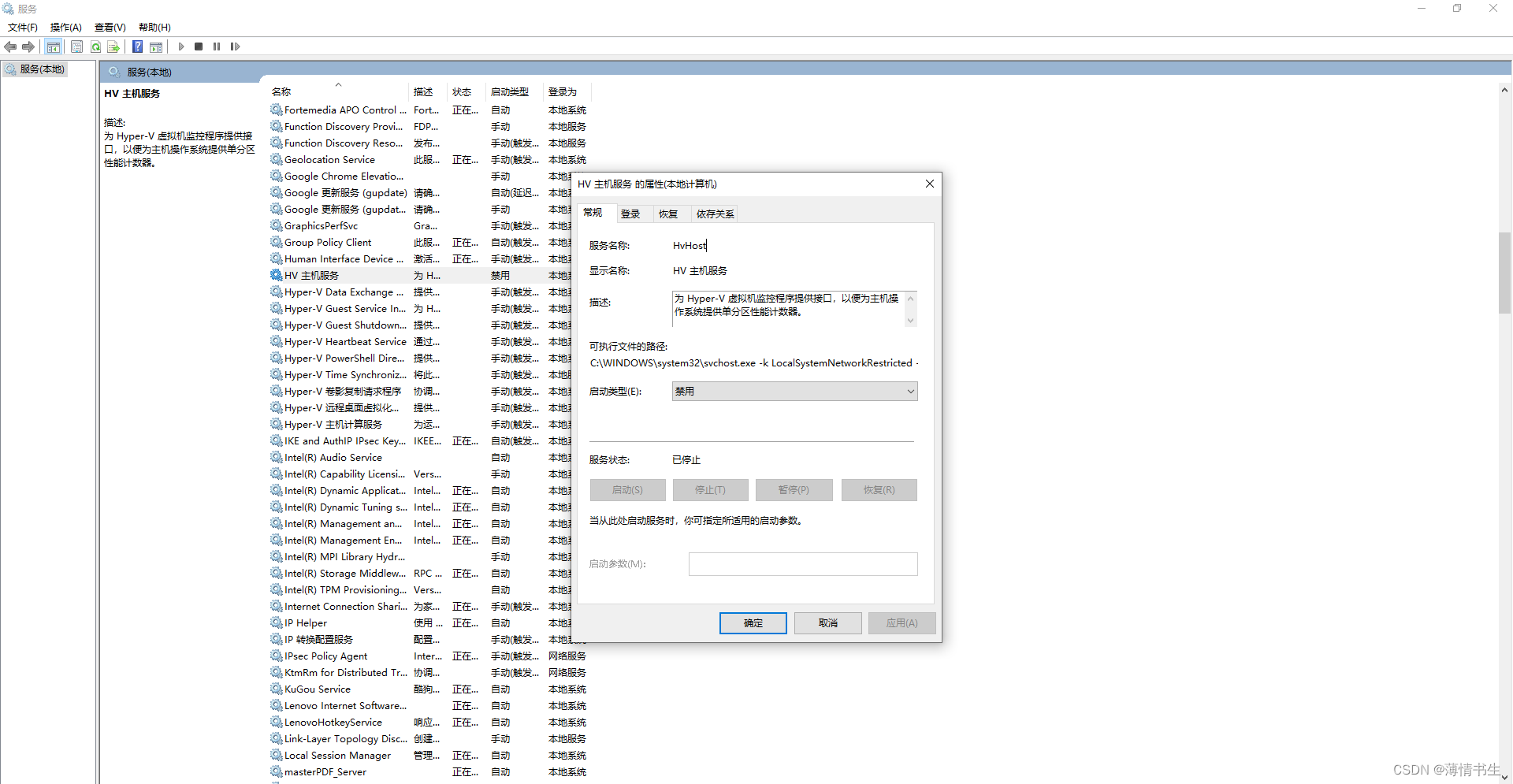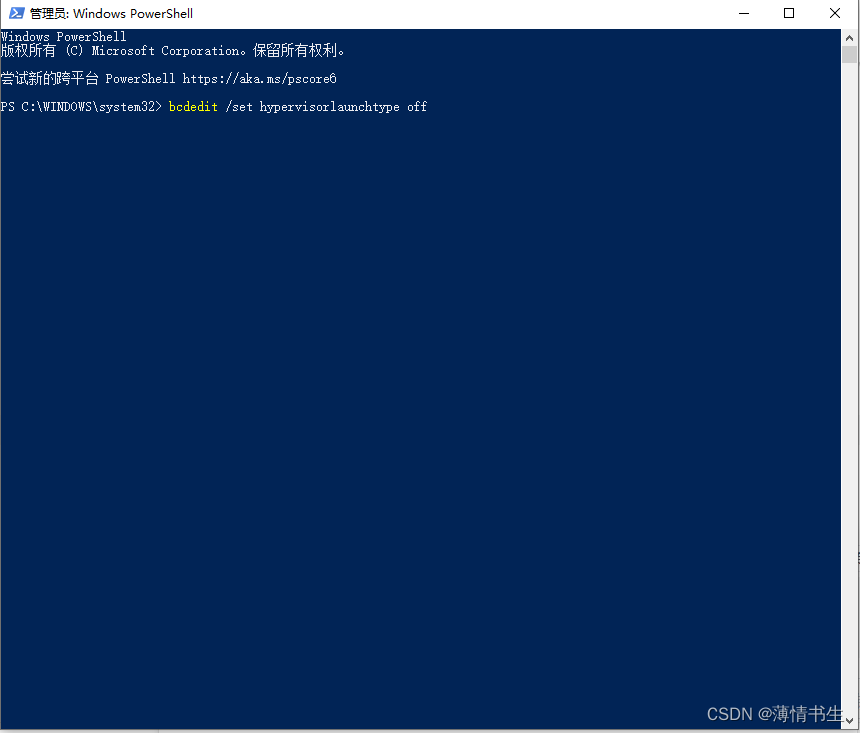foreword
VMware Workstation is a desktop virtualization software developed by VMware. It can simulate multiple independent virtual computer environments on a physical computer. Each virtual computer environment can run an independent operating system and has its own independent applications. Programs and libraries that make it easy to run multiple different operating systems or multiple versions of an operating system.
VMware Workstation supports a variety of mainstream operating systems, including Windows, Linux, macOS, etc. Using VMware Workstation, users can easily create, configure, run and test virtual computer environments, thus speeding up the software development life cycle and improving software quality.
VMware Workstation has fundamental advantages over other desktop virtualization software. First, it not only provides the highest level of security isolation, but also features customization, coordination and management to create a special working environment. Second, VMware Workstation has many powerful functions, such as API, core virtualization functions and flexible planning management. In addition, there are powerful memory management and processing resource reduction, authority control and other functions.
In addition to the above basic functions, VMware Workstation also provides some advanced functions, such as online cloning, restoring snapshots, virtual machine recording, limiting virtual machine CPU, memory and network bandwidth, etc. Users can also create virtual networks across multiple platforms in VMware Workstation and quickly migrate from one virtual machine to another.
As a mature, efficient and stable desktop virtualization software, VMware Workstation is widely used in various industries, such as IT management, software development, testing, training, game development and other fields. Due to its flexibility, scalability and security, VMware Workstation can not only customize its own virtual machine network environment, but also reduce the manual burden of programmers and network administrators, and also help to explore new research directions or conduct teaching course.
In short, VMware Workstation is a powerful, easy-to-use, efficient, stable, and widely applicable desktop virtualization software, which is necessary for simulating multiple operating system environments.
1. The cause of the problem
The reason VMware Workstation is not compatible with Device/Credential Guard is because Device/Credential Guard is a security feature that uses virtualization technology to help protect computers from malware and cyber attacks. VMware Workstation also uses virtualization technology, and the two will conflict.
When Device/Credential Guard is enabled, Windows will use the Hyper-V engine to run the core of the system and disable other virtualization schemes. VMware Workstation requires access to some parts of the system core, including features such as VT-x virtualization, EPT, and VBS; however, these features are no longer available when Hyper-V is enabled. As a result, VMware Workstation does not function properly on computers with Device/Credential Guard enabled.
Two, the solution
1. Press WIN+R to open and run, then enter services.msc and press Enter.
2. Find the HV host service in the service, double-click to open it and set it to disabled, as shown in the figure below.

3. Win+x, then open powershell (administrator) and run the command bcdedit /set hypervisorlaunchtype off.

4. Restart the computer, and you're done.